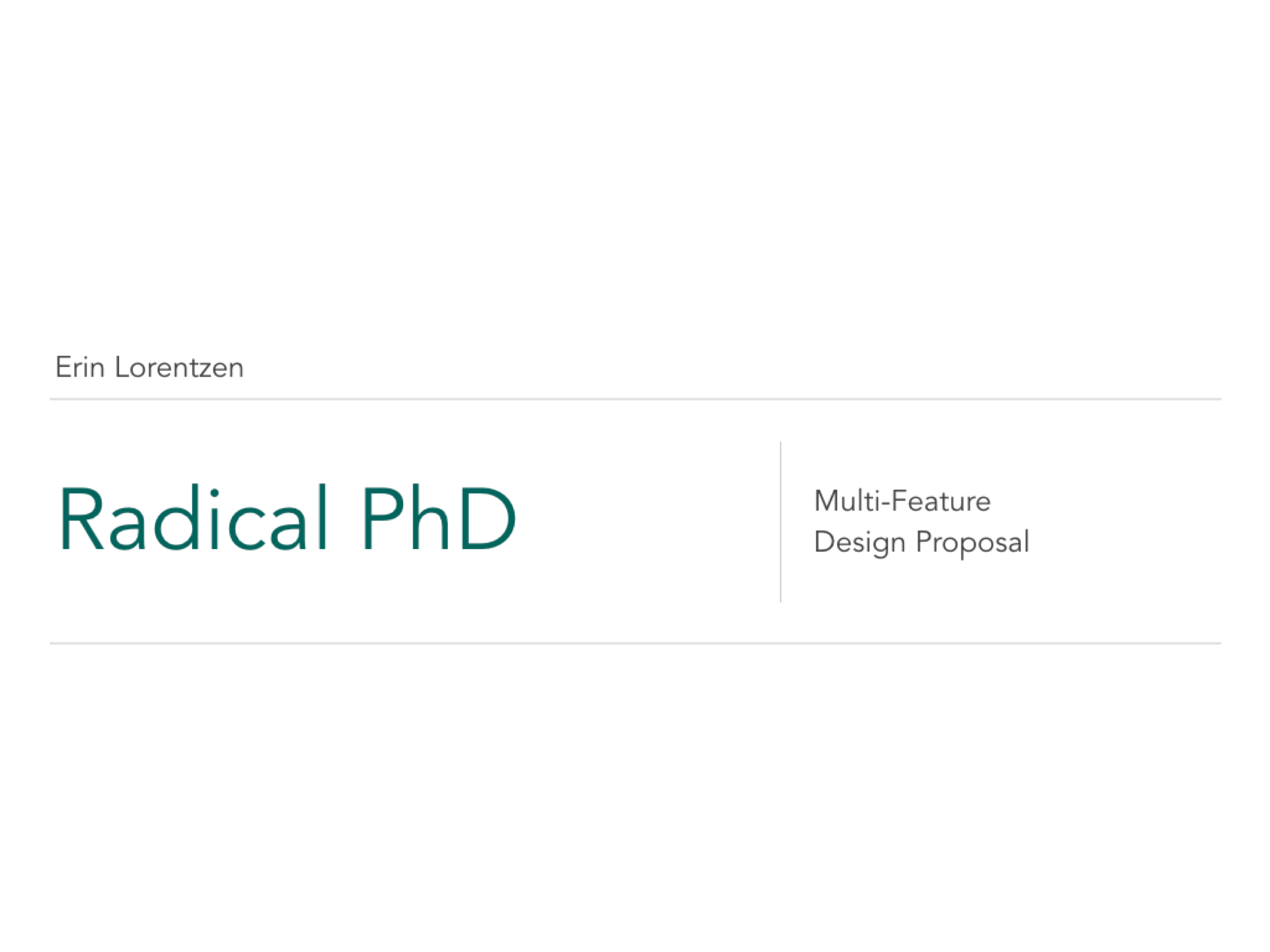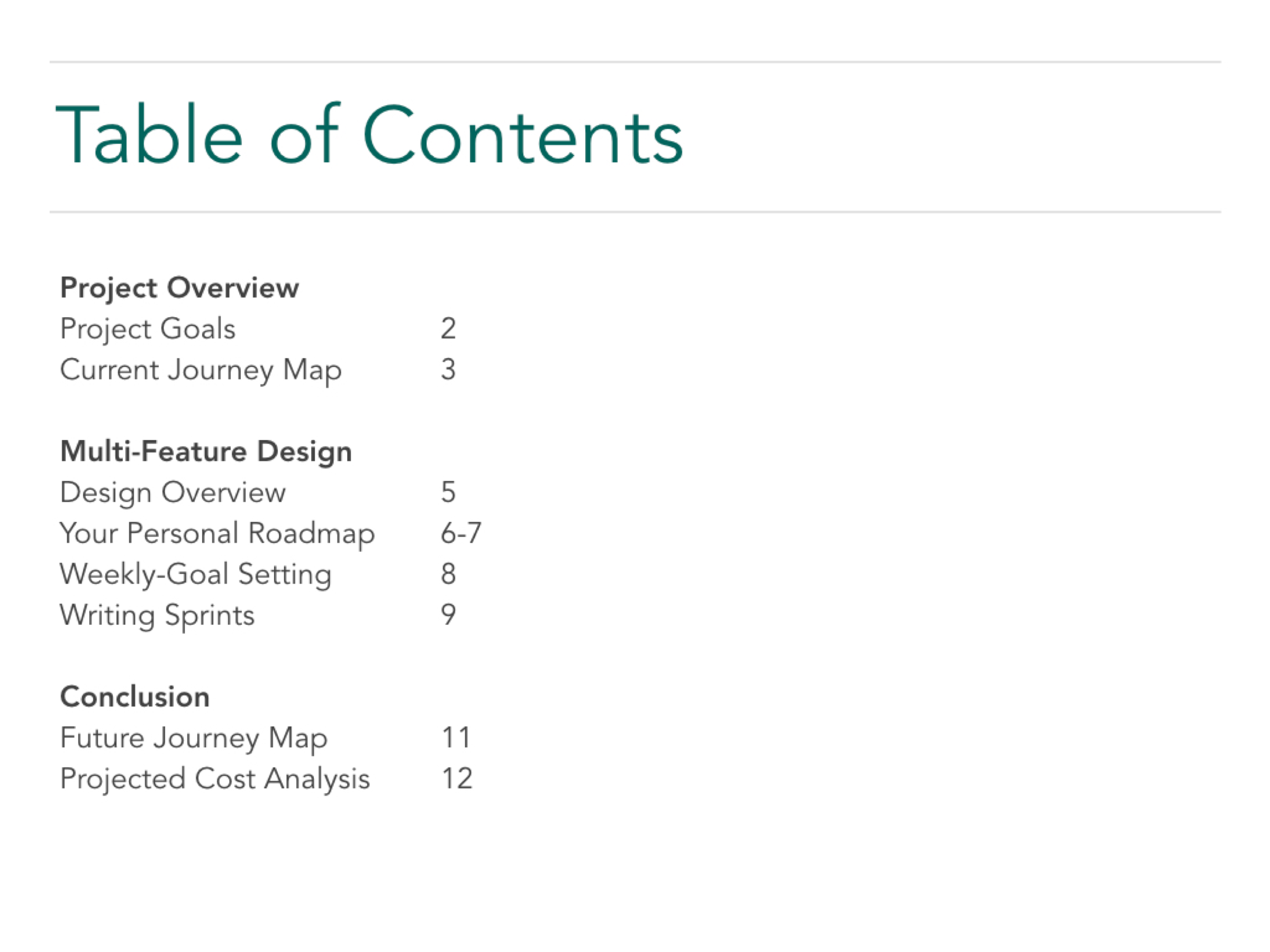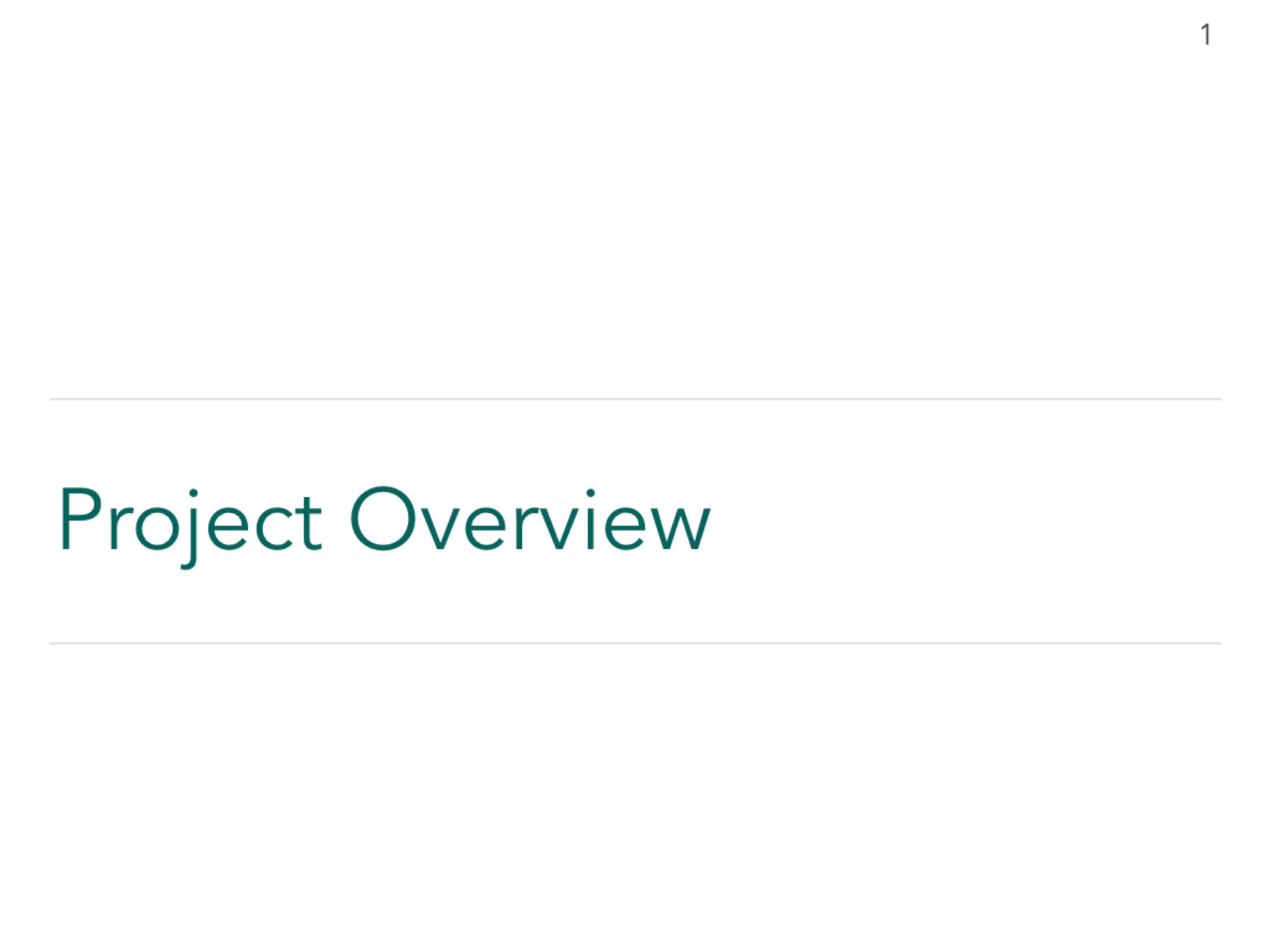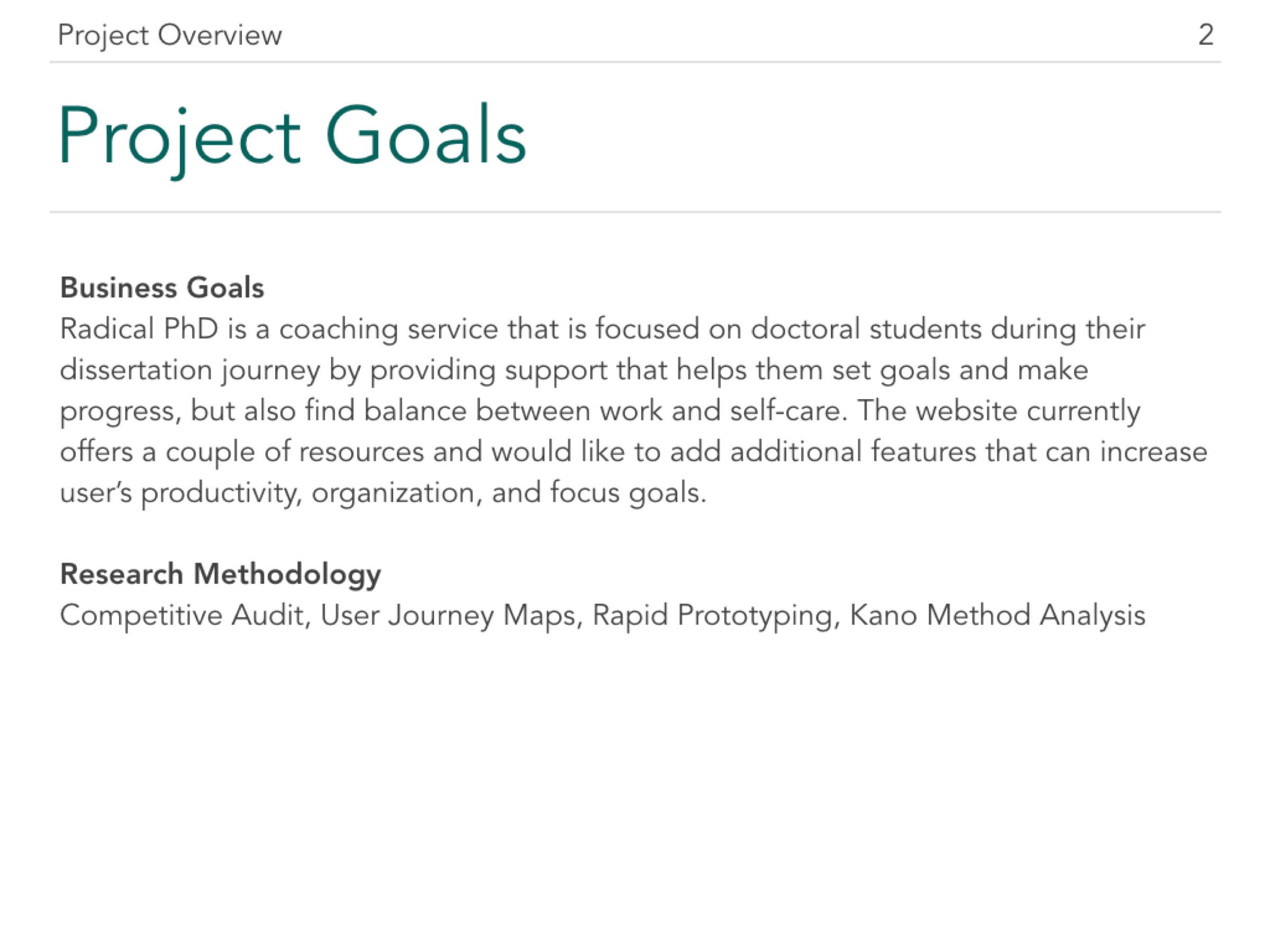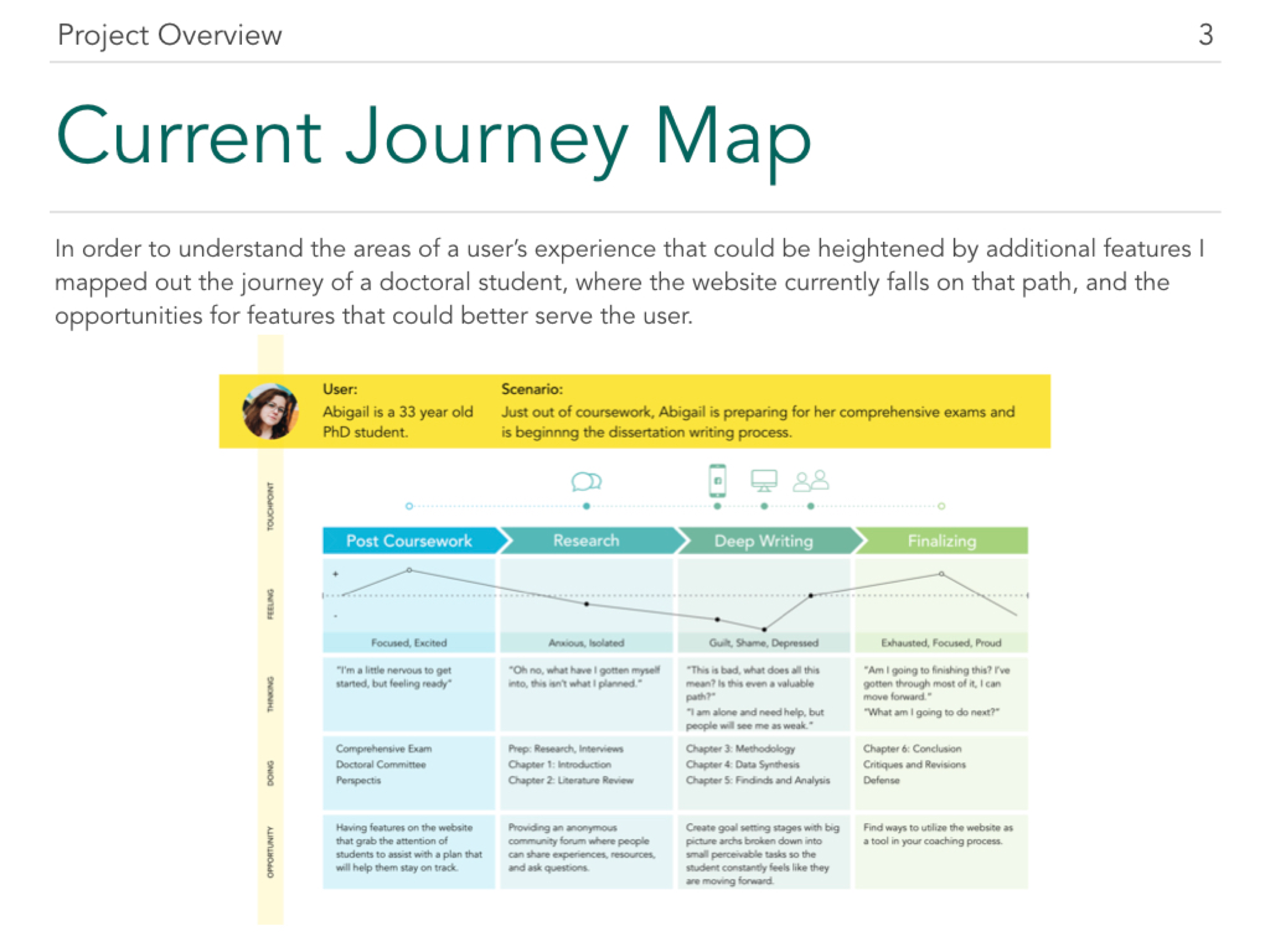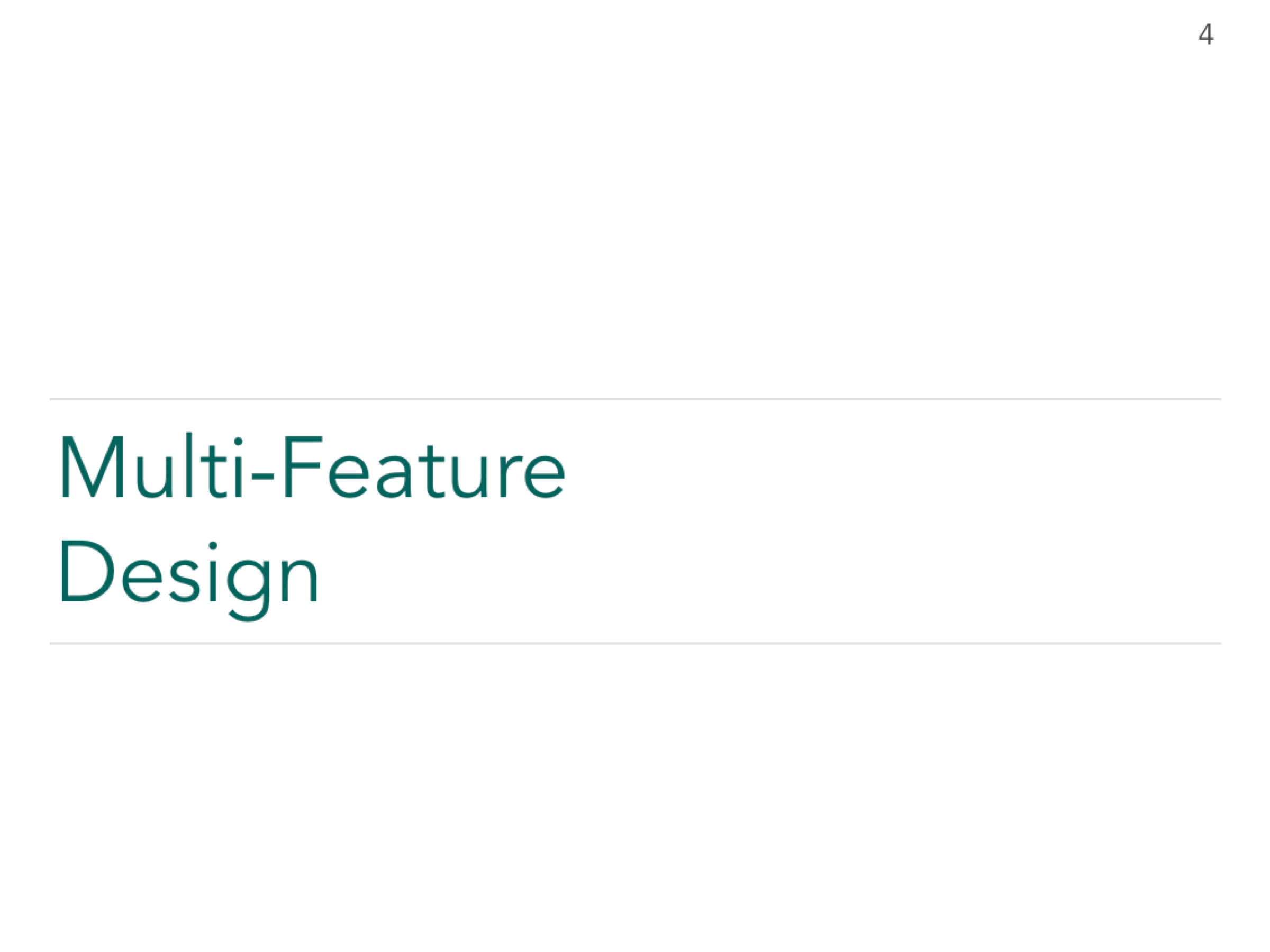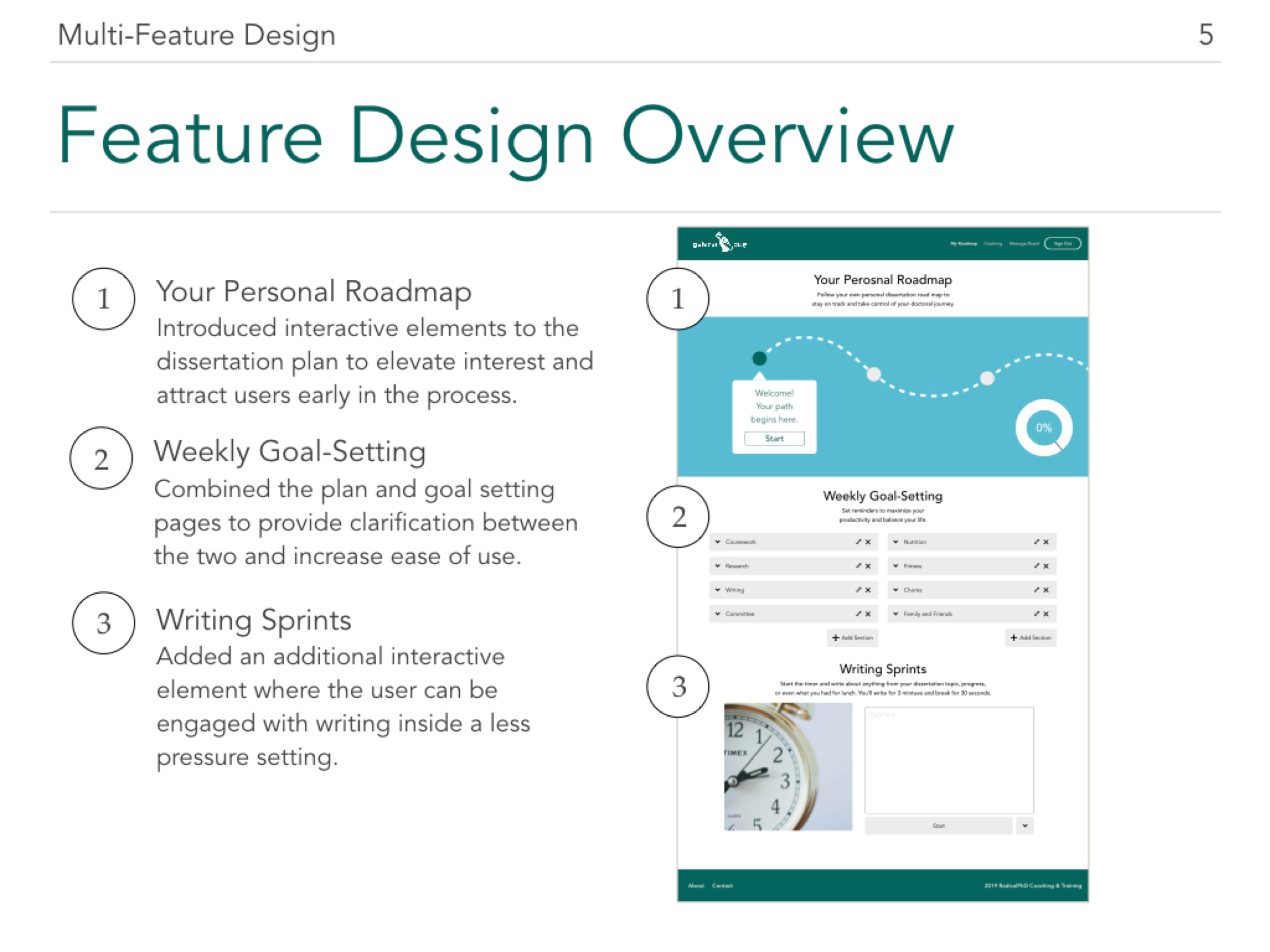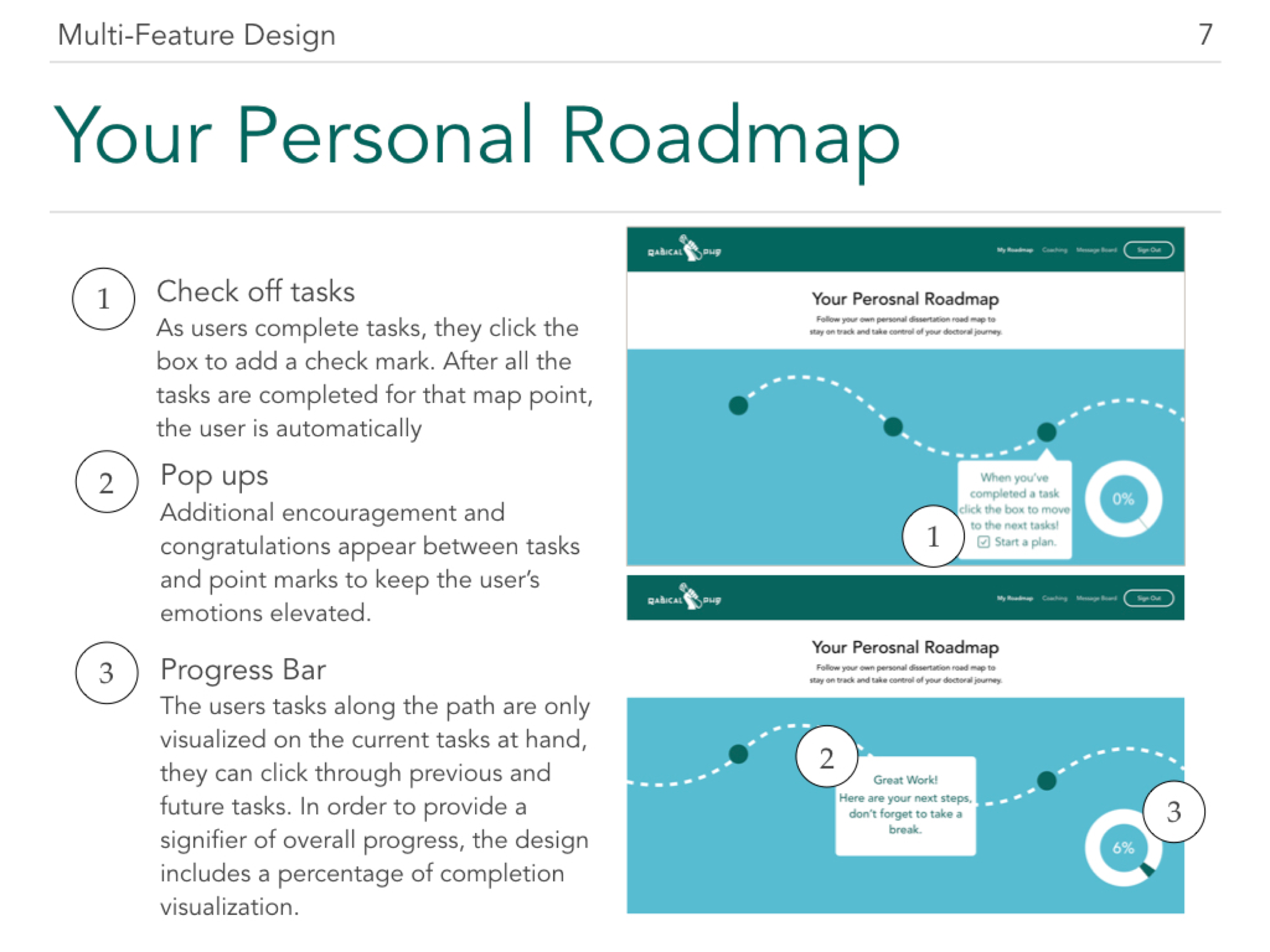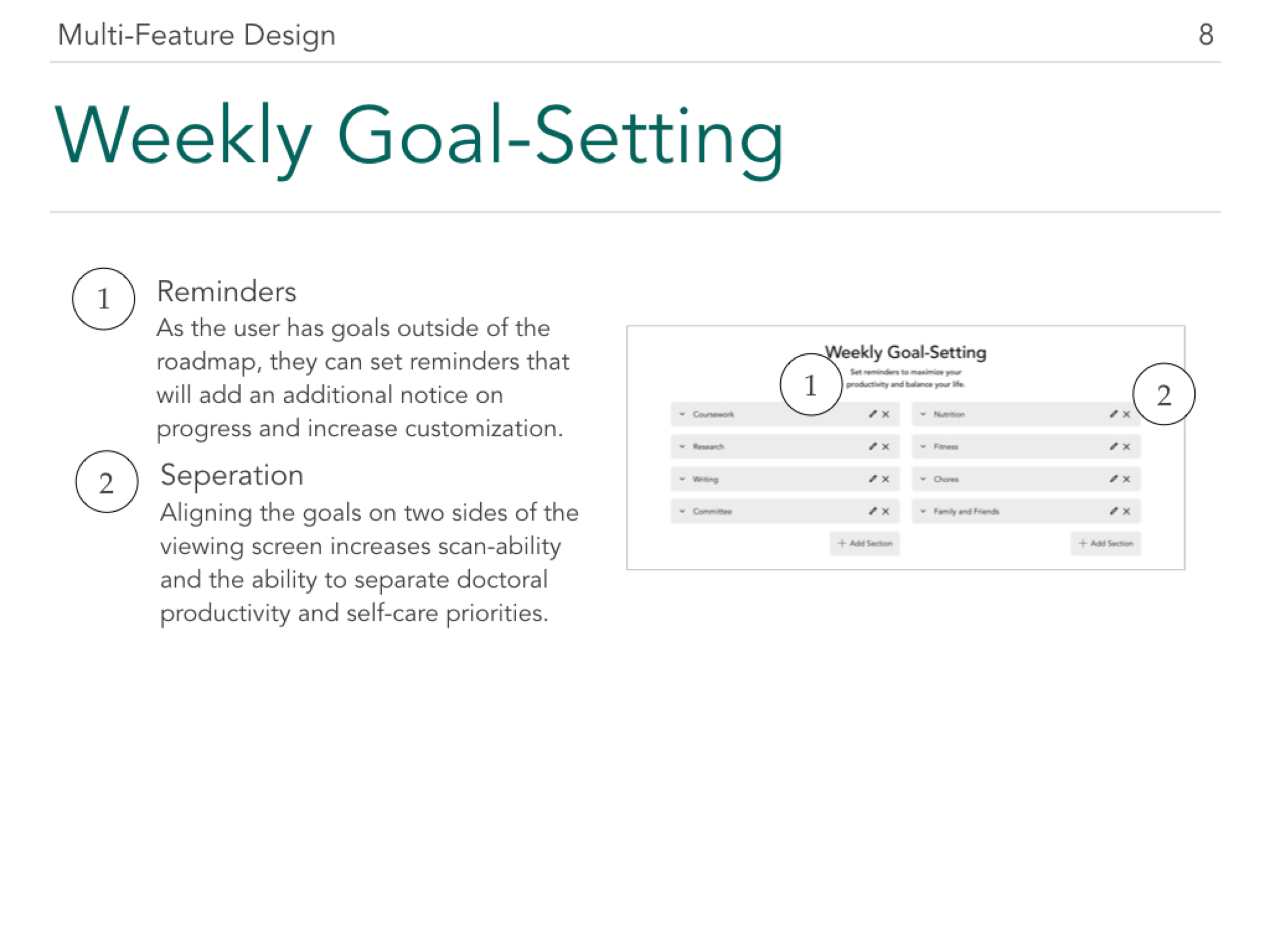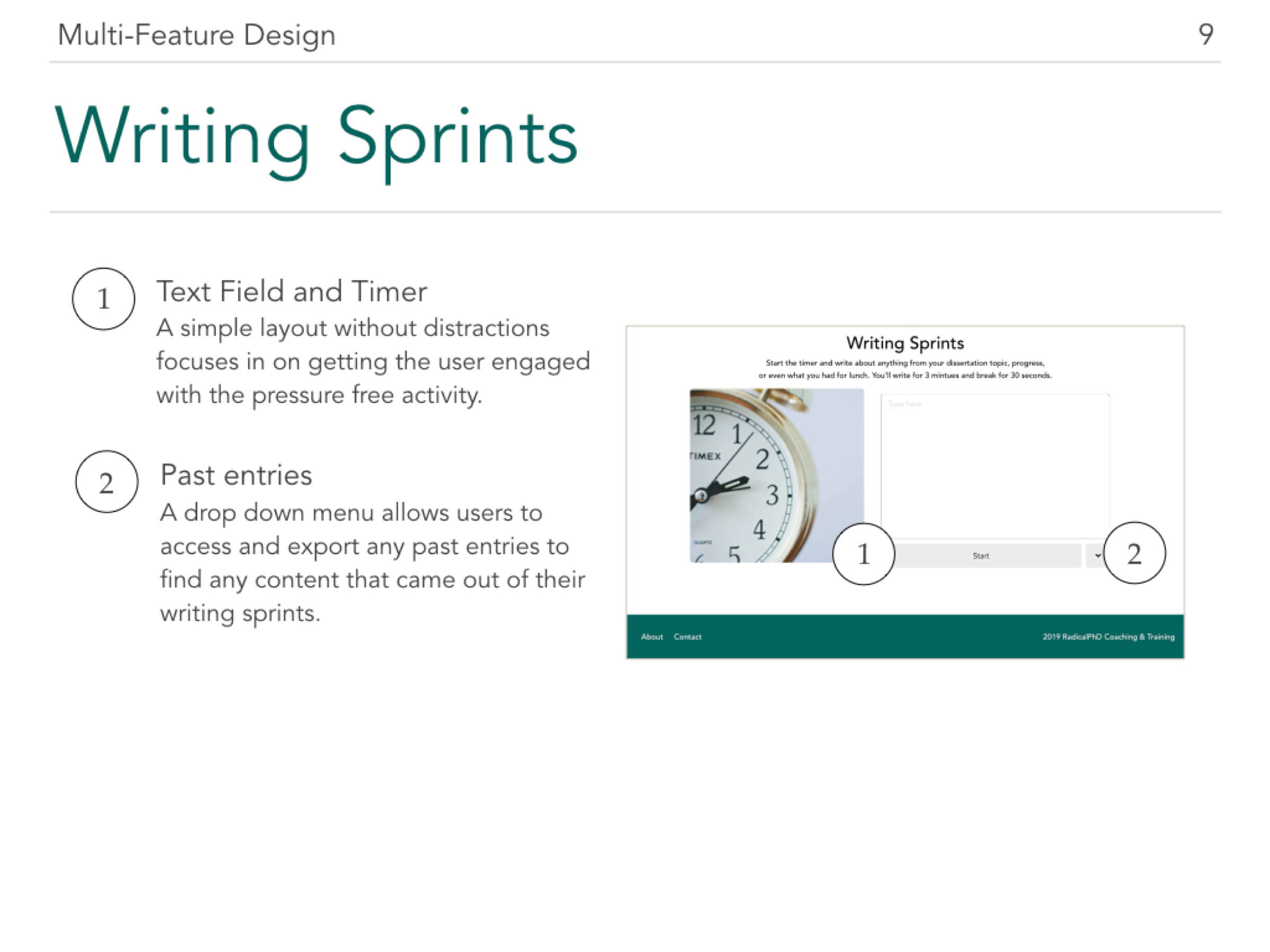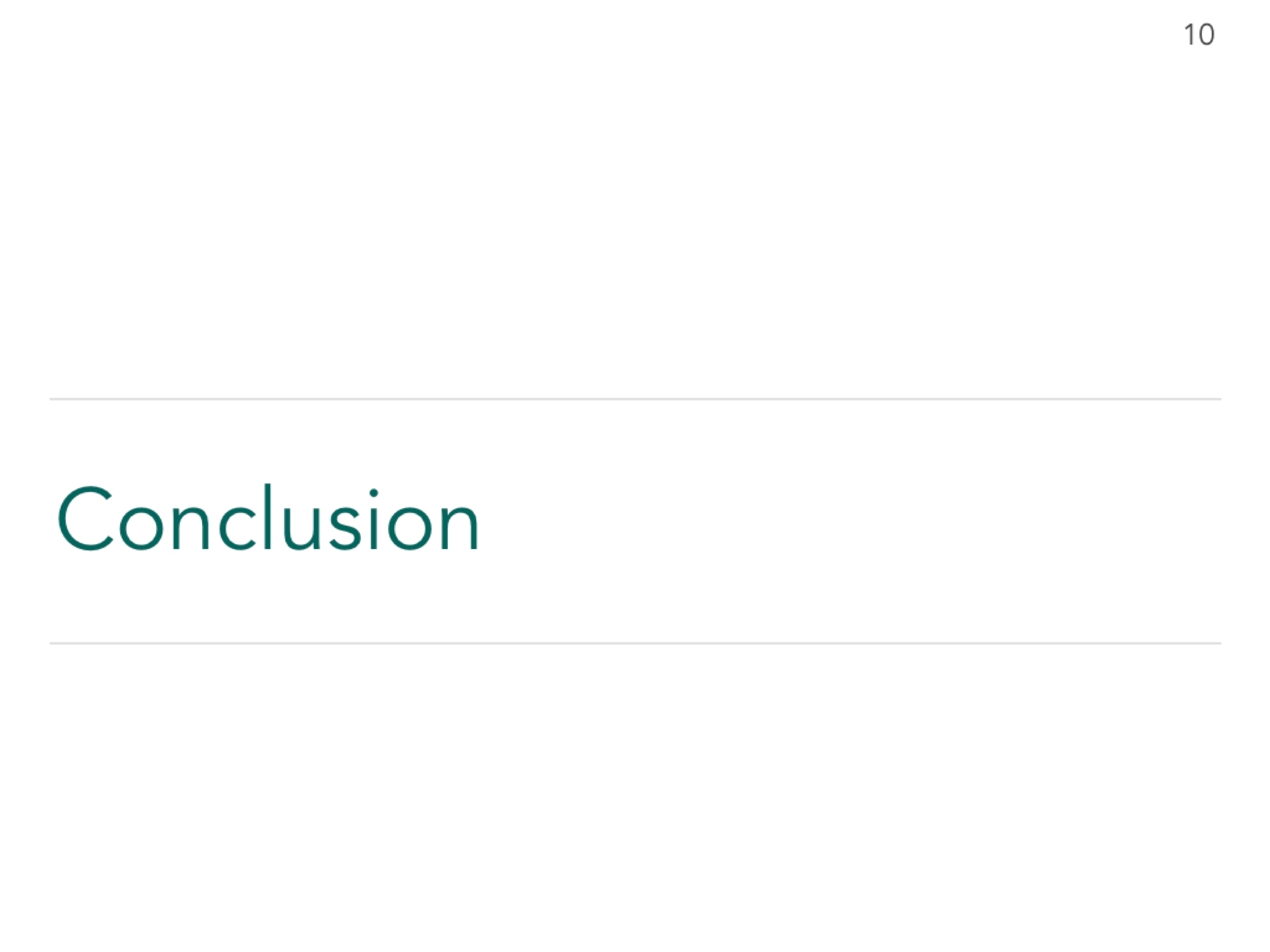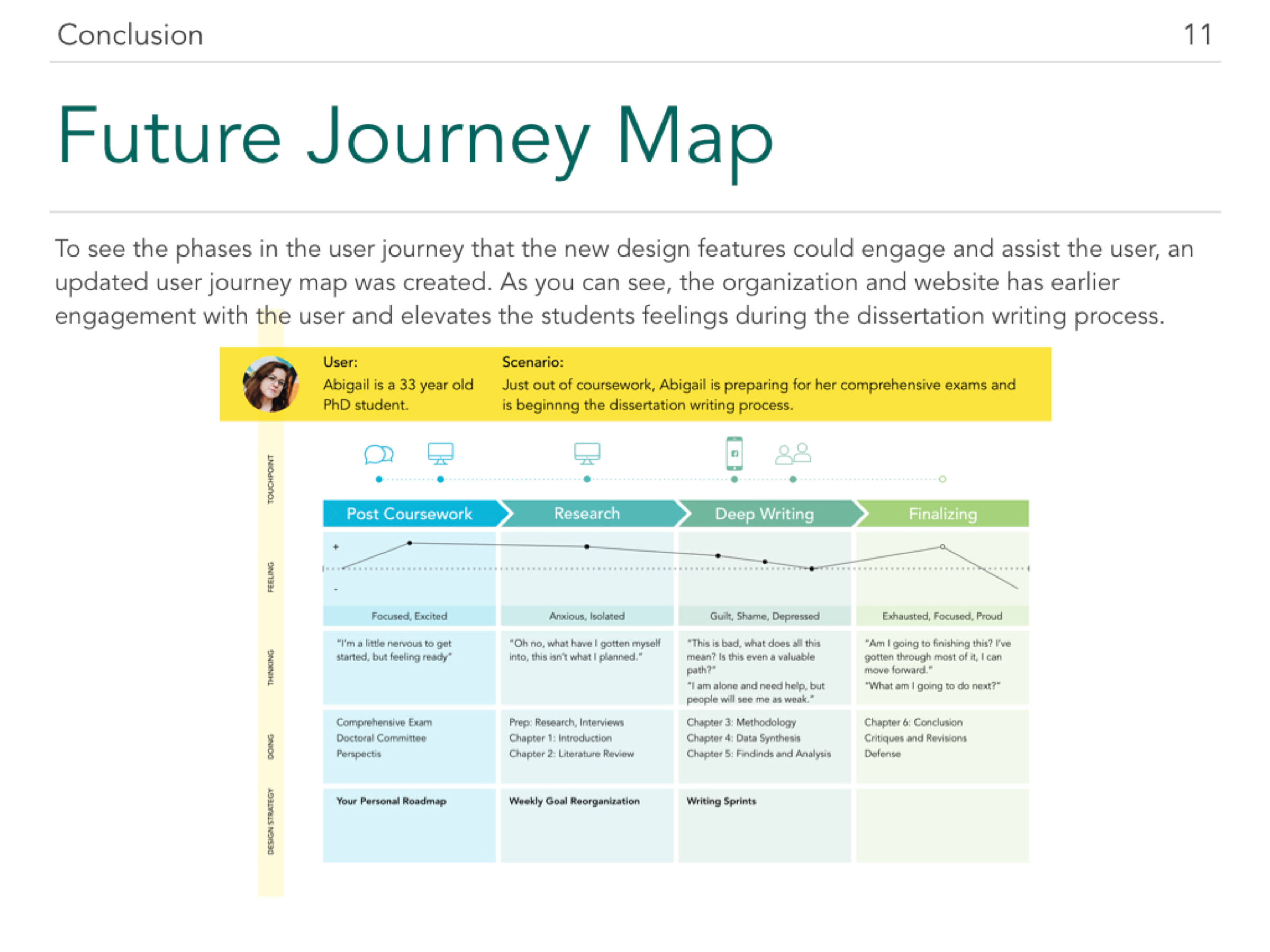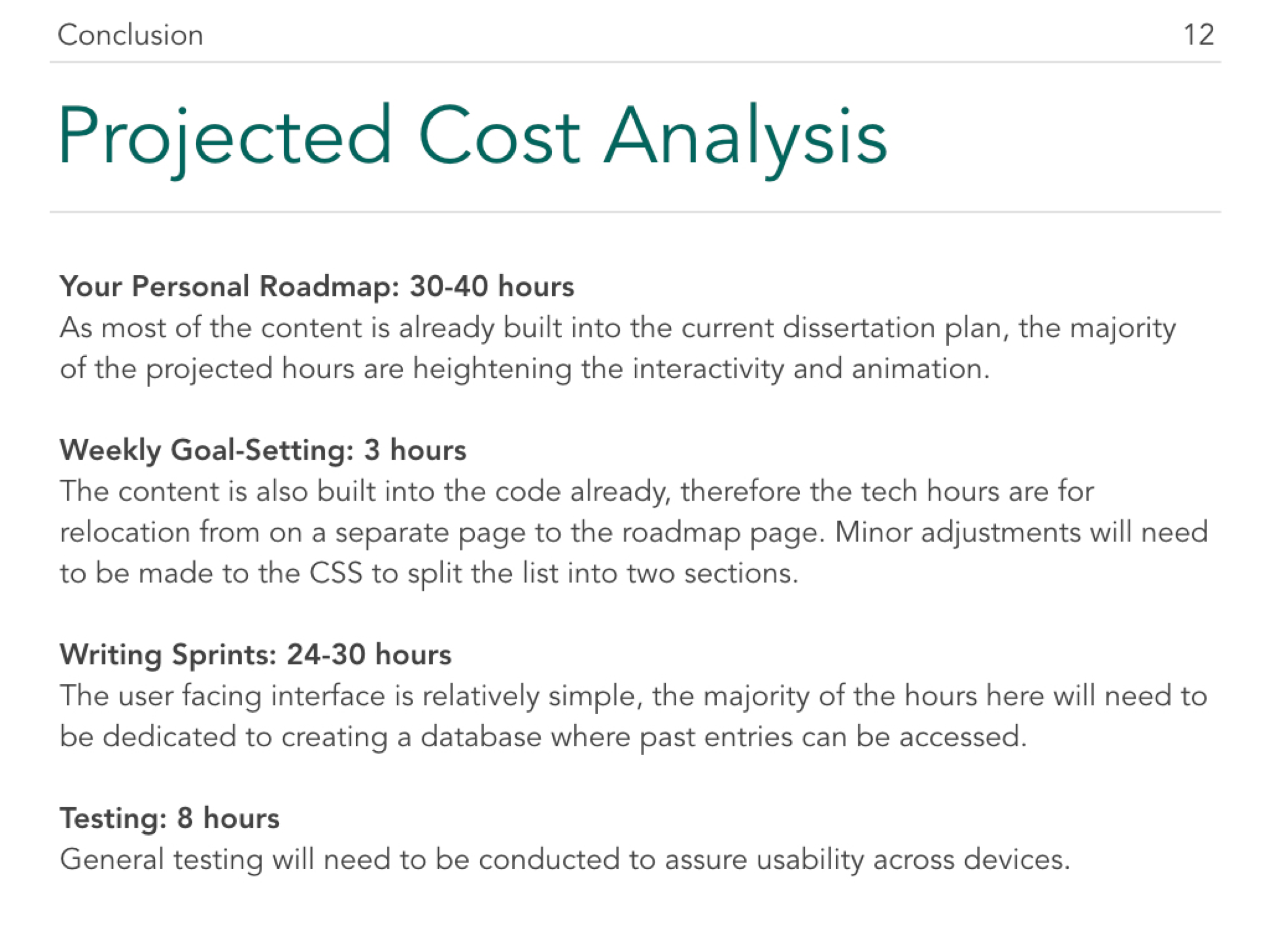Multi-feature design strategy
radical phd
project overview
The Client
Radical PhD is a coaching service to assist doctoral students on their educational journey during the dissertation writing process. Understanding that writing a dissertation can be difficult to navigate in a system that tends to evoke feelings of shame and guilt associated with lack of progress or understanding, Radical PhD coaching focuses on providing meaningful guidance focusing on self-care and goal setting. Particularly, the business goal is to help women, POCI community members, and LGBTQIA students who are underrepresented in academia. Currently, a website has been created with the intent to provide a number of tools to assist students navigate the system.
The Opportunity
The state of Radical PhD’s website is in its infancy and is searching for opportunities to strengthen the current features and add additional features.
Methods
Competitive Audit
Kano Model Analysis
Rapid Prototyping
Deliverables
Annotated Wireframes
User Journey Map
design process
opportunity space
Initial discovery consisted of a competitive audit of other coaching services and their website offerings. After an understanding of the space, a client kick off meeting with the founder of Radical PhD provided context to the business goals. Insight on the phases of the doctoral dissertation writing process and the associated emotional high and low points informed a current state user journey map and the opportunities for additional features.
feature sketches
As a team, each designer created five initial new feature concepts. Pulling inspiration from the user journey map opportunities that were uncovered, I focused on elements that could increase the users engagement early in writing process, progress tools, and interactive design features.
Tech scoping
The initial formation of concepts received developer analysis to inform the technical cost and effort that would need to be applied to produce the new features on the current platform.
Kano analysis
After the tech scoping, the features that were within budget went out in survey to users that fell with the scope of the project. Participants were either current or graduate PhD students that could assess the value in terms of importance and degree of desire.




